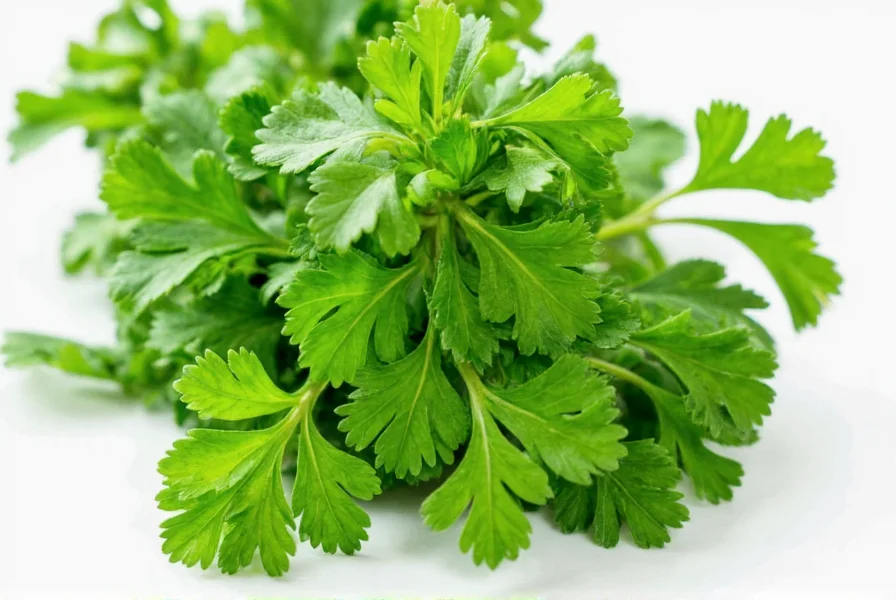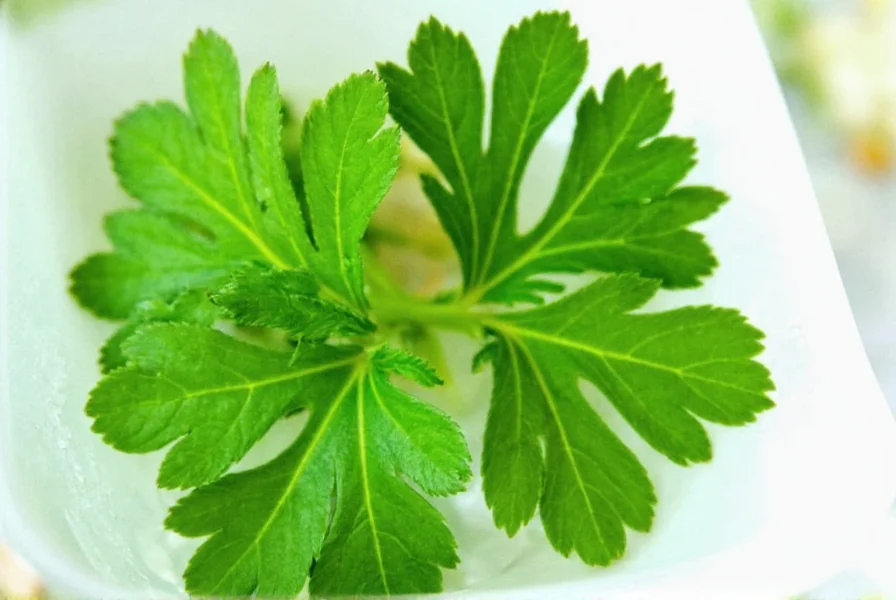How to Store Parsley for Up to 2 Weeks: Top 5 Expert Tips
Want to keep parsley fresh for weeks? The #1 trick is simple: treat it like cut flowers. Trim 1/2 inch from the stems, place in a glass with 1 inch of water, cover loosely with a plastic bag, and store in the refrigerator. Change the water every 2 days for maximum freshness. This method works for both flat-leaf and curly parsley.
Freeze Parsley for Long-Term Use
For cooking soups or sauces, freeze parsley in ice cube trays. Chop parsley finely, fill trays with water or olive oil, freeze solid, then transfer cubes to a sealed bag. This preserves flavor and color for up to 6 months.
| Type | Pros | Cons | Best For |
|---|---|---|---|
| Fresh | Most flavor, best texture | Short shelf life | Garnishes, raw dishes |
| Dried | Long shelf life | Less flavor, dull color | Cooked dishes, soups |
| Frozen | Retains flavor well | Texture changes when thawed | Stews, casseroles |

Pro Chef's Secret: Use Parsley Stems
Never discard stems! They contain intense flavor. Finely chop stems for stocks, soups, or sauces, or blend into herb oils. Reserve leafy tops for garnishes where texture matters.
Fix Common Parsley Mistakes
Overwatering kills parsley: Water only when top inch of soil feels dry. Yellow leaves mean drowned roots, not thirst.
Dried parsley substitution: Use 1 teaspoon dried for every 1 tablespoon fresh. Add dried parsley early in cooking; fresh parsley in last 2 minutes.
Does Parsley Freshen Breath?
Absolutely. Chew 5-6 fresh sprigs slowly after meals. Parsley's chlorophyll binds to sulfur compounds causing bad breath. For instant results, blend into mint-parsley paste.











 浙公网安备
33010002000092号
浙公网安备
33010002000092号 浙B2-20120091-4
浙B2-20120091-4